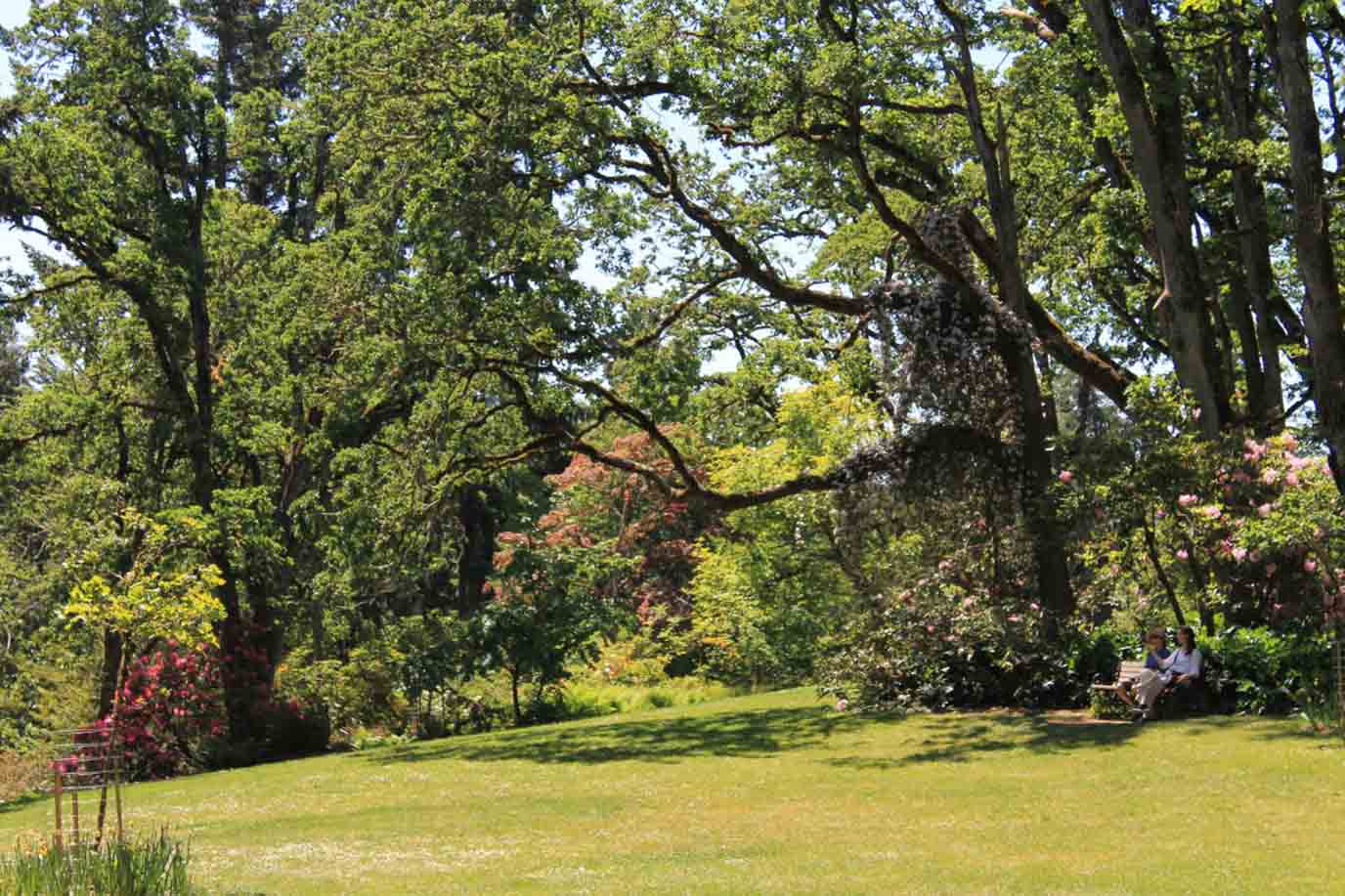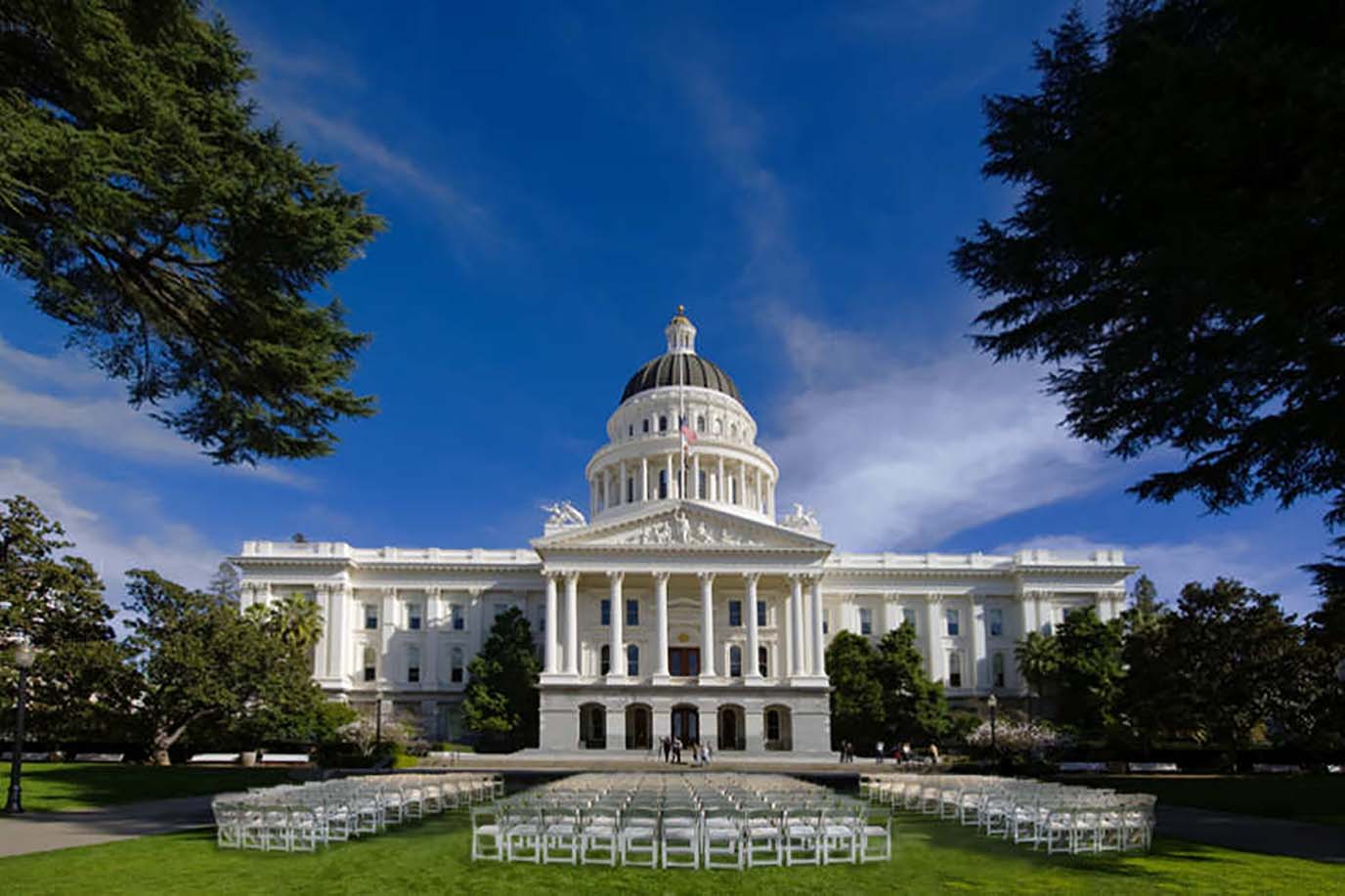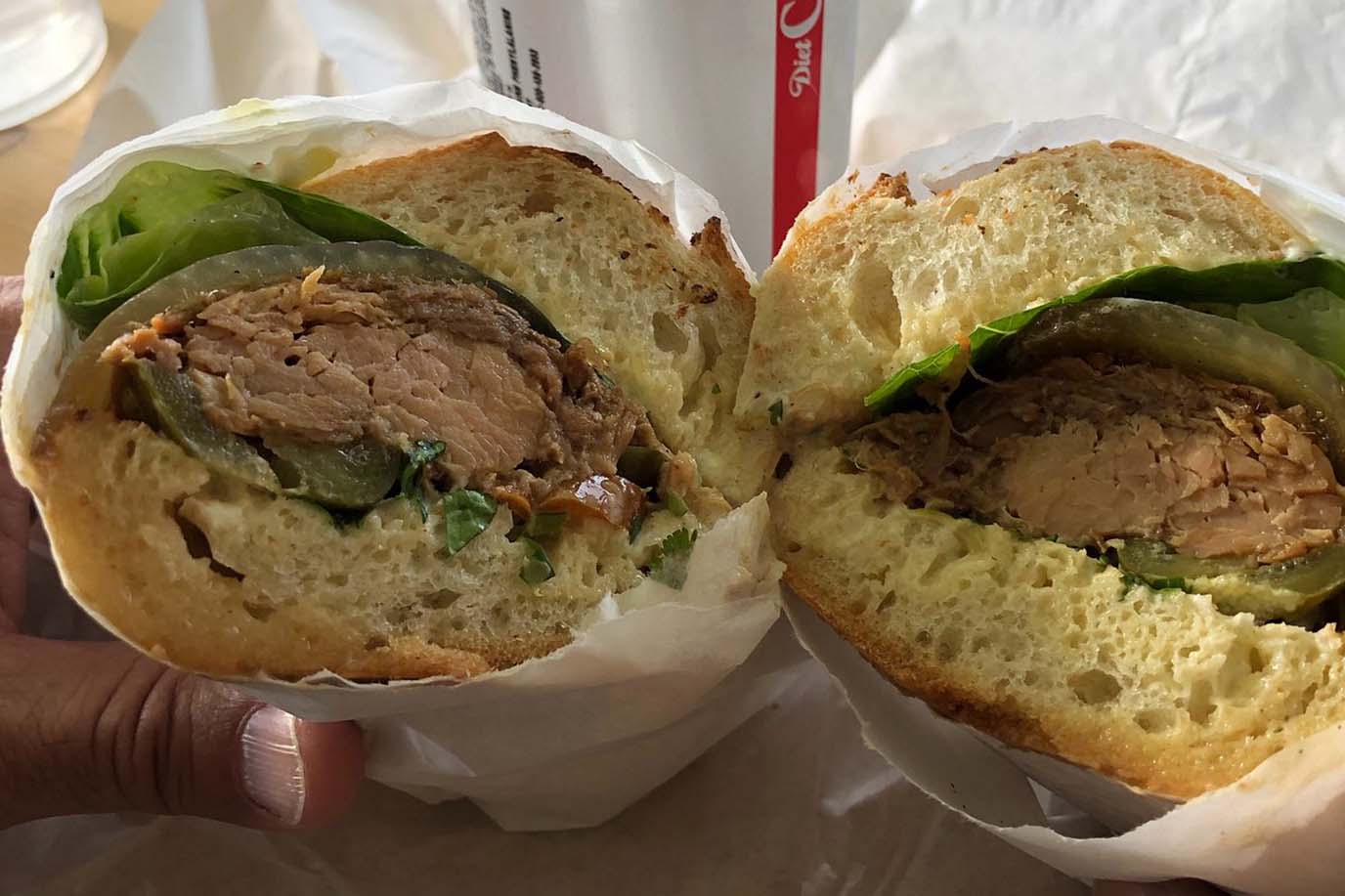Seattle has a reputation—cool, cultured, often rainy, and surprisingly expensive. But I walked its hills, ferried its waters, and caffeinated my way through its neighborhoods on every kind of budget, I promise you: Seattle can be just as thrilling, fulfilling, and soul-refreshing, even when you’re watching your wallet.
When I first visited the Emerald City, I had a round-trip ticket, a backpack, and less than \$200 for four days. I was determined to experience everything: Pike Place, Mount Rainier views, the coffee culture, and the indie music scene. What I discovered was that Seattle has a magic that doesn’t require luxury—it just asks for curiosity, good walking shoes, and a little planning.
Here’s how I explored Seattle deeply and meaningfully—on a tight budget—and how you can too.
1. Get Your Bearings with a Free Walking Tour
Before I even unpacked my bag on my first visit to Seattle, I joined the Seattle Free Walking Tours group. These aren’t your generic, memorized-script-type city walks. They’re passionate, down-to-earth explorations led by locals who genuinely love their city—and want you to fall in love with it too.
There are multiple themed walks, like “Seattle 101,” which covers the city’s origins, architectural quirks, and evolution from Gold Rush town to tech hub. I also joined the “Market Experience” tour, which dives deep into Pike Place Market—its hidden stairways, the original Starbucks (which, spoiler alert, isn’t actually the first), and local artisans with incredible stories. What I appreciated most was how informal and interactive the tours were. We weren’t just spectators—we were in conversation, asking questions, laughing, and even getting restaurant recommendations only a local could give.
Why it matters: Orientation is key in a sprawling, hilly, and somewhat patchwork city like Seattle. These walks give you not just a physical map, but a cultural and emotional compass. I walked away with a better understanding of where things were, how to get around, and what I truly wanted to experience. And all that—for whatever you decide to tip.
My tip: Budget \$5–\$10 as a tip. It’s well-earned and still far less than most organized tours. Wear comfortable shoes, bring a rain layer (this is Seattle), and ask your guide as many questions as you can—they’re usually full of local hacks.
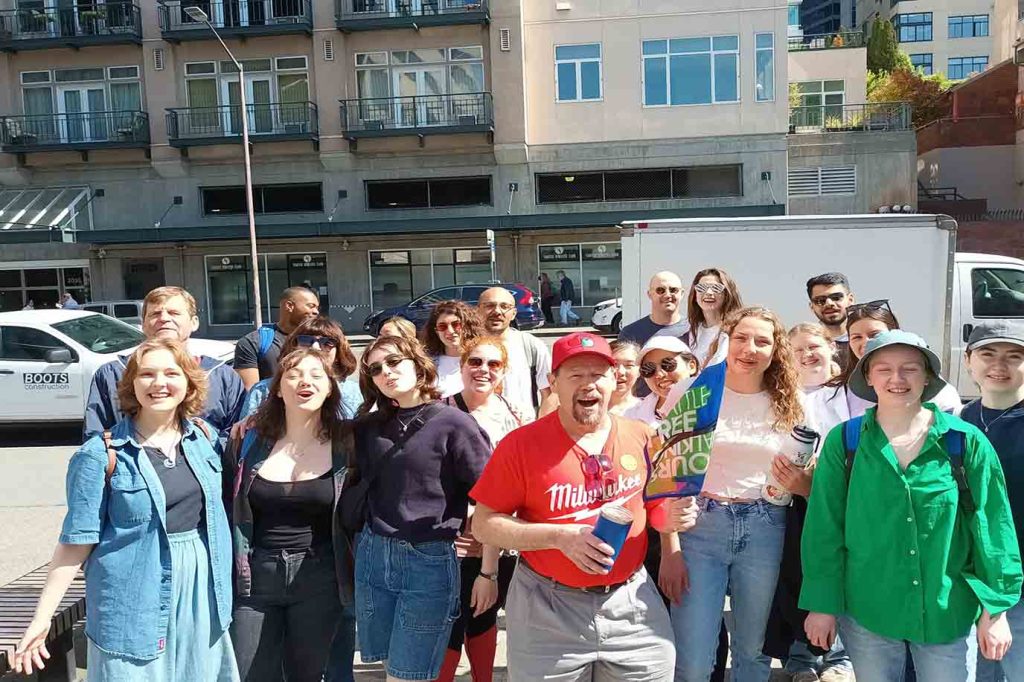
2. Skip the Hotels—Stay in Hostels, Budget Inns, or Cozy Neighborhood Airbnbs
Let’s be honest: staying downtown in a mid-range hotel can easily set you back \$250–\$400 a night, especially during peak travel seasons. If you’re traveling on a budget, that’s money better spent on experiences and food. So I turned to more cost-friendly options—and I’m so glad I did.
My first stop was Green Tortoise Hostel, perfectly perched across from Pike Place Market. It wasn’t just about saving money (although it was shockingly affordable, under \$50/night). It was about atmosphere. The shared kitchen and lounge were lively with travelers swapping stories, planning day trips, or playing music. And breakfast? A surprising bonus. Every morning I had access to a DIY spread of oatmeal, eggs, fresh fruit, and toast. It was the ideal fuel for a day of urban exploration.
Other gems I’ve stayed in or researched:
- HI Seattle Hostel, located in the Chinatown–International District, is clean, centrally located, and has amazing reviews for its safety and friendliness.
- Airbnbs in Fremont or Beacon Hill often offer private rooms in residential homes for a fraction of hotel prices, and you get the bonus of being embedded in a local neighborhood.
- Budget chains like Travelodge and Motel 6, particularly those just outside downtown, are reliable, clean, and often include Wi-Fi and parking.
Platform tip: Use websites like Booking.com and Hostelworld for side-by-side comparisons. I also check Priceline for “Express Deals” that sometimes slash prices even further. One trick? Book early, especially for summer, and always read the reviews carefully—not just for cleanliness, but for safety and noise levels.
3. Take the Link Light Rail from the Airport to Downtown
The Link Light Rail is clean, quick, and costs under \$4 one way from Sea-Tac Airport to downtown. Don’t blow \$50 on a rideshare when you can be in the city center in 35 minutes.
Pro tip: Get an ORCA card if you’ll be using transit a lot. It saves you money on buses and ferries too.
Route suggestion: From Sea-Tac to Westlake Station drops you into the heart of the city—right next to the monorail, major shopping, and Pike Place.
4. Explore Pike Place Market Like a Local—For Free
You don’t need to spend money at Pike Place Market to enjoy it. Walk through, watch the fishmongers toss salmon, sample locally made jams and teas, chat with flower vendors, and catch street musicians playing everything from jazz to folk.
Hidden gem: The lower levels have oddball shops—magic stores, vintage books, and weird collectibles.
Want a cheap bite? Pick up a \$5 piroshky at Piroshky Piroshky, or a few \$1 dumplings from Mee Sum Pastry.
5. Catch the Sunset (and City View) from Kerry Park
It’s not only the best free view in Seattle—it’s one of the most romantic, peaceful places I’ve found anywhere in the country. Located in Queen Anne, Kerry Park gives you a perfect postcard view of the Space Needle, downtown, Mount Rainier, and Elliott Bay.
How to get there: Take bus 3 or 4 from downtown. The uphill walk is steep but worth it.
Pro tip: Bring snacks or a coffee and settle in for golden hour. It’s popular with photographers and couples, but you can always find a quiet corner.
6. Ride the Seattle Center Monorail—for Just \$3.50
Okay, it’s touristy—but it’s also iconic, quick, and cheap. The monorail connects Westlake Center downtown to Seattle Center, home to the Space Needle, Museum of Pop Culture (MoPOP), and Chihuly Garden & Glass.
Even if you don’t pay to enter those attractions, you can wander the campus, relax by the fountains, and enjoy free public art.
My tip: Visit at night when the Space Needle lights up and locals are out skating or watching street performers.
7. Explore Neighborhoods by Foot—Ballard, Fremont, Capitol Hill
Every neighborhood in Seattle has a distinct flavor—and exploring them costs nothing. My favorites:
- Ballard Locks & Fish Ladder: Watch salmon migrate (for free!) and stroll through the botanical gardens nearby.
- Fremont: Home to the Fremont Troll, quirky shops, vintage stores, and cheap eats like Revel and Fainting Goat Gelato.
- Capitol Hill: LGBTQ+-friendly, packed with indie bookstores, music venues, and hidden parks like Volunteer Park (which has a free conservatory and stunning views from the water tower).
Transit tip: Use Google Maps with the transit option to find the cheapest bus routes. Most inner-city rides cost under \$3.
8. Visit Museums on Free Days
Seattle’s top museums offer monthly free or reduced-admission days:
- Seattle Art Museum (SAM) – Free first Thursday of the month
- Museum of History & Industry (MOHAI) – First Thursday reduced admission
- Frye Art Museum – Always free, and surprisingly rich in European paintings
Plan ahead: Use Eventbrite and local tourism sites like VisitSeattle.org to track updated free days.
9. Eat on a Budget—Food Trucks, Happy Hours, and Hole-in-the-Walls
Seattle’s food scene doesn’t require a Michelin-star wallet. Some of my go-to budget-friendly favorites:
- Marination Ma Kai (West Seattle ferry terminal): \$4–\$6 Hawaiian tacos with views of the bay
- Tacos Chukis (Capitol Hill): \$2.75 tacos and delicious pineapple pork
- Pho Bac Sup Shop: Affordable, authentic pho that’ll warm you up on rainy days
- Dick’s Drive-In: A Seattle icon with burgers under \$5
Hack: Browse Yelp for “cheap eats” or check out Eater Seattle for under-\$10 food guides.
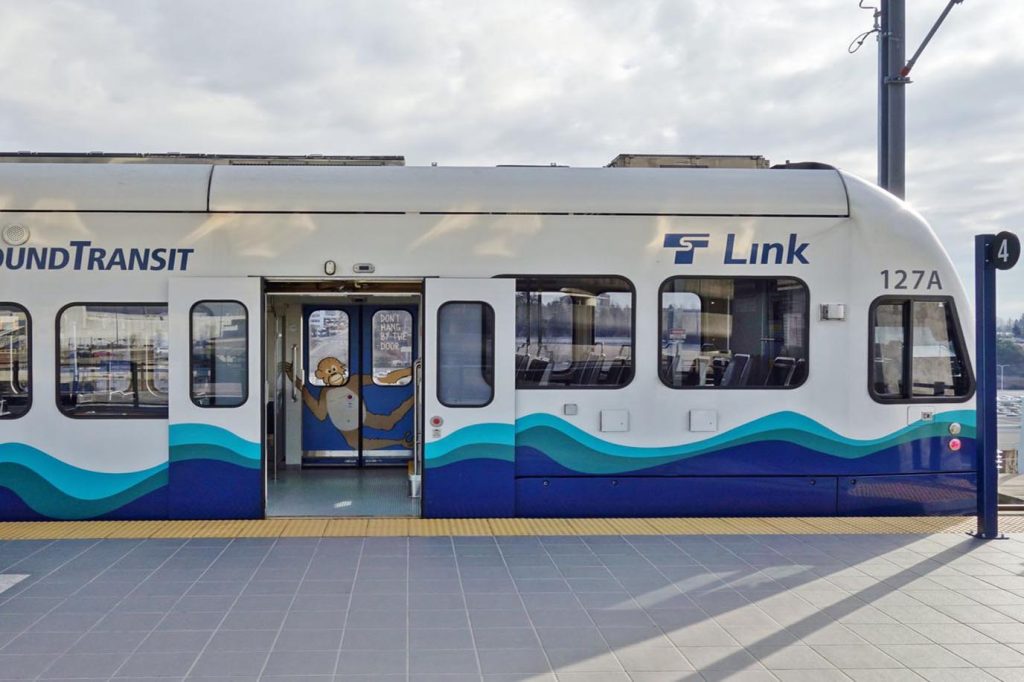
10. Take a Ferry Ride for Just a Few Dollars
One of my favorite things to do—hands down—is hop on a Washington State Ferry from downtown to Bainbridge Island. It costs less than \$10 round-trip for foot passengers and gives you unforgettable views of the skyline, Mount Rainier, and the Olympics.
Once on Bainbridge, you can walk into town, browse local shops, sip wine, or picnic by the waterfront—all without spending a dime.
Booking tip: You don’t need to reserve ahead for foot traffic. Just walk up and pay at the terminal or use your ORCA card.
Other Helpful Budget Tips I Swear By
- Travel during shoulder season (April–May or September–October) for cheaper flights and fewer crowds.
- Use Google Flights or Skyscanner to find flight deals, and set price alerts early.
- Look for combo passes like the Seattle CityPASS if you do plan to visit attractions.
- Download the Transit App to get real-time bus schedules and fare info.
- Bring a reusable water bottle and umbrella—you’ll save money and fit right in.
Affordable Booking Platforms I Trust
When traveling on a budget, the right platforms can make or break your experience. Here’s what I personally rely on:
- Skyscanner and Google Flights for cheapest airfare alerts
- Booking.com for last-minute hotel deals and hostels
- Airbnb for room rentals in quieter neighborhoods
- GetYourGuide for tours and local experiences that often have discounts
- Priceline for bundling hotels and flights
- EatSeattleTours.com – Occasionally has deals on food walking tours
Seattle might have the reputation of being expensive, but if you’re smart, curious, and flexible, it’ll reward you in ways no five-star hotel ever could. With a little planning and a spirit of adventure, you can eat well, sleep comfortably, explore deeply—and still have enough money left for a cup of world-class coffee by the bay.

